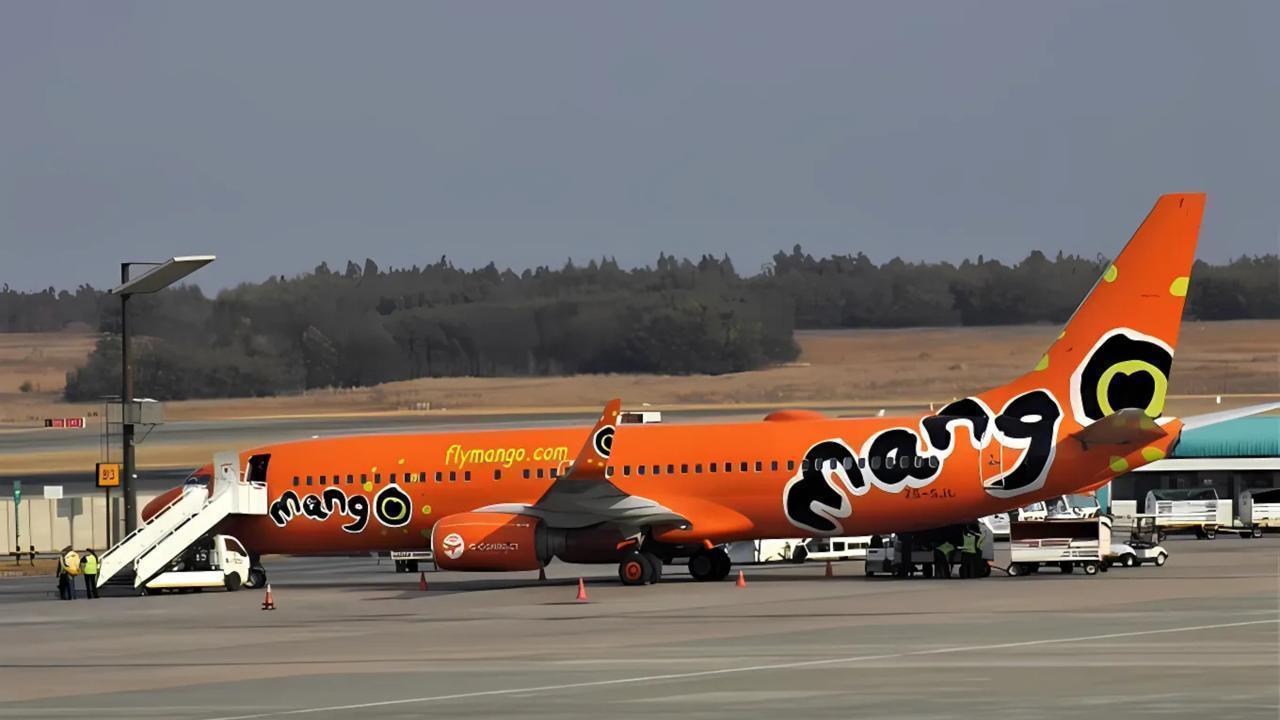
Post by : Amit
Photo : X / Trudie Broekmann
A Sudden End to a Familiar Name
For years, Mango Airlines was a recognizable brand in South African skies, known for its bright orange fleet and affordable domestic flights. This week, the budget carrier met a fate that many had long feared but still hoped could be avoided. After a long, drawn-out business rescue process, Mango officially shut down operations following the collapse of its rescue plan. The failure marks not only the end of an airline but also the unraveling of a chapter in South Africa’s aviation history that had once promised affordability, connectivity, and competition.
Mango’s demise is not just about one airline going under; it is emblematic of the structural challenges facing South Africa’s aviation market. From governance failures and funding shortages to competition pressures and changing consumer demand, Mango’s story has become a mirror reflecting the sector’s struggles. As stakeholders absorb the shock, the question looming large is what this means for the wider industry and the future of air travel in the country.
The Rescue Plan That Couldn’t Take Flight
Mango had been under business rescue since July 2021, a process similar to bankruptcy protection, aimed at giving struggling companies breathing space to restructure and recover. Initially, hopes were high that the airline could emerge leaner, debt-free, and with a renewed sense of purpose. Several investors had expressed interest, and for a time, it seemed that Mango could become a textbook case of revival.
Yet, as months turned into years, the process dragged on. Regulatory approvals were delayed, the South African government—through its stake in South African Airways (SAA)—showed hesitancy in committing fresh funding, and the appetite of potential investors waned. By mid-2025, it became increasingly clear that the pieces were not coming together.
The final blow came when the proposed rescue plan, which depended on external financing and restructuring agreements, failed to secure the backing needed to proceed. Without capital, an investor lifeline, or operational continuity, Mango was left with no option but to cease operations permanently.
Government’s Role and Public Frustration
The South African government’s role in Mango’s downfall is complex and controversial. Mango was owned by SAA, which itself has gone through a tortuous restructuring process following years of financial mismanagement. The government had been accused of dragging its feet on approving Mango’s rescue plan and failing to provide a clear policy framework for its low-cost subsidiary.
Critics argue that political indecision effectively strangled Mango, keeping it in limbo while competitors like FlySafair and Lift Airlines strengthened their positions. The uncertainty also eroded public trust. Passengers who once relied on Mango’s competitive fares and network were left frustrated by repeated suspensions of service and the absence of transparent communication about the airline’s future.
For many South Africans, Mango’s shutdown feels like a missed opportunity. At a time when affordable domestic air travel is crucial for boosting mobility and economic recovery, losing a budget carrier raises questions about whether government intervention helped stabilize the sector—or inadvertently accelerated its decline.
The Impact on South African Aviation
The immediate impact of Mango’s exit is a reshuffling of market dynamics. Budget airline FlySafair, already the dominant low-cost carrier in the country, is expected to tighten its grip on the domestic market. Lift Airlines, with its modern approach and flexible model, also stands to benefit from the vacuum left by Mango.
This consolidation may provide stability for surviving carriers, but it comes at the cost of reduced competition. Industry analysts warn that fewer competitors could mean higher fares in the long run, particularly on popular routes like Johannesburg–Cape Town and Johannesburg–Durban.
Moreover, Mango’s collapse is a blow to employment in the sector. Hundreds of staff—pilots, crew, ground handlers, and support staff—are now left in uncertainty. For an industry still recovering from the pandemic’s devastating impact, the loss of jobs adds to the economic toll.
Lessons from Mango’s Fall
Mango’s story offers a series of hard lessons for South Africa’s aviation landscape. First, it underscores the risks of prolonged political indecision in an industry where speed and agility are essential. Airlines operate in highly competitive markets where delayed decisions can mean lost market share that is impossible to recover.
Second, it highlights the importance of sustainable business models. Mango, though popular with passengers, was never financially robust. Operating as a low-cost carrier within a state-owned framework created inherent contradictions. Unlike privately owned rivals, Mango was constantly constrained by the bureaucratic and political realities of its parent company.
Finally, Mango’s failure raises questions about the country’s commitment to fostering aviation as a strategic enabler of economic growth. With tourism, trade, and regional integration heavily reliant on efficient air connectivity, the loss of an airline cannot be treated merely as a company failure—it has broader implications for South Africa’s global competitiveness.
Passengers Left Stranded
While corporate and political debates play out, ordinary passengers remain the most affected. Mango had, at various points in recent years, suspended flights, leaving travelers stranded and often without timely refunds. Consumer advocacy groups argue that the handling of passenger claims has been inadequate and that regulatory authorities should ensure stronger consumer protection in such cases.
With the airline now permanently grounded, questions linger about whether affected passengers will ever receive compensation. The situation exposes gaps in South Africa’s aviation regulatory framework, where passenger rights often take a backseat to broader financial restructuring.
A Missed Chance for Low-Cost Expansion
Globally, low-cost carriers have thrived by tapping into demand for affordable, no-frills travel. In markets from Europe to Southeast Asia, budget airlines have reshaped travel patterns and opened new opportunities for tourism and business. Mango had the potential to play that role in South Africa and even expand into the wider African continent.
Instead, internal inefficiencies, financial mismanagement, and lack of strategic vision limited its growth. While competitors embraced innovation, flexible scheduling, and fleet modernization, Mango was stuck in cycles of debt and uncertainty.
The missed opportunity is not just Mango’s; it is South Africa’s. The country’s aviation market, with its growing middle class and expanding tourism sector, remains ripe for low-cost expansion. Yet, the collapse of one of its most established budget carriers signals to global investors that South Africa may not yet be a reliable environment for aviation entrepreneurship.
Industry Voices
Industry experts have been vocal in their reactions. Some view Mango’s collapse as inevitable, given its prolonged stagnation and lack of financial sustainability. Others lament it as a strategic loss for the country’s aviation ecosystem.
Aviation analyst Linden Maseko notes, “The closure of Mango was not a surprise, but it’s a setback. South Africa needs multiple players to keep fares competitive and routes accessible. The consolidation we’re seeing may stabilize the market, but passengers will pay the price.”
Meanwhile, the South African Cabin Crew Association expressed frustration at the lack of engagement with employees during the rescue process. “Our members were left in limbo for years. There was hope, then silence, then closure. It’s devastating for workers and their families,” a spokesperson said.
A Wider African Context
Mango’s collapse is not happening in isolation. Across Africa, airlines have faced similar challenges. From Nigeria’s Arik Air to Kenya Airways, the continent’s aviation sector has long struggled with balancing state involvement, financial viability, and infrastructure gaps. Mango’s fate adds to this narrative, reinforcing the idea that African carriers need stronger governance, investor-friendly policies, and operational independence to thrive.
South Africa, with its developed economy and strategic location, was expected to lead the continent in building sustainable aviation models. Instead, it now finds itself managing yet another airline collapse—joining the list of failed carriers that once included Comair and Kulula.
Looking Toward the Future
While the end of Mango is a setback, it could also act as a catalyst for reform. The collapse creates urgency for South Africa to rethink its aviation policies, particularly the balance between state ownership and private investment.
Privatization of airlines, clearer regulatory frameworks, and stronger consumer protections could help rebuild confidence in the sector. There is also room for new entrants—regional or international—to step in and fill the void left by Mango, provided the business environment becomes more predictable and supportive.
In the meantime, FlySafair, Lift, and legacy carriers like SAA will shape the immediate future of domestic and regional connectivity. Whether they can fill the affordability gap left by Mango remains an open question.
The End of the Orange Era
The bright orange aircraft of Mango Airlines once symbolized accessibility and optimism in South African skies. Today, they stand as a memory of what could have been. The airline’s collapse is more than a corporate failure—it is a reflection of broader systemic challenges in the country’s aviation sector.
As South Africa charts its aviation future, the lessons from Mango’s fall will be critical. The stakes are high: aviation is not just about flights, but about mobility, economic growth, and global connectivity. For South Africa to position itself as a leader in African aviation, it must ensure that the next chapter avoids the turbulence that grounded Mango for good.
Mango Airlines, South Africa, Aviation
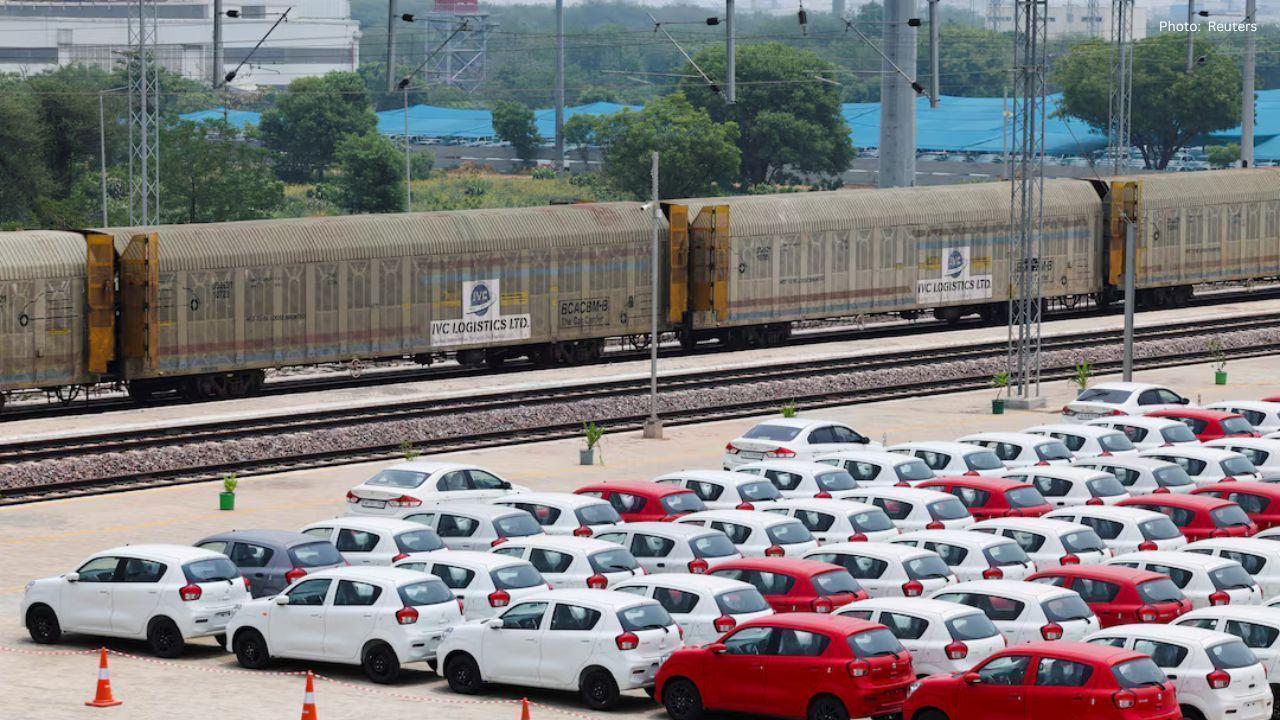

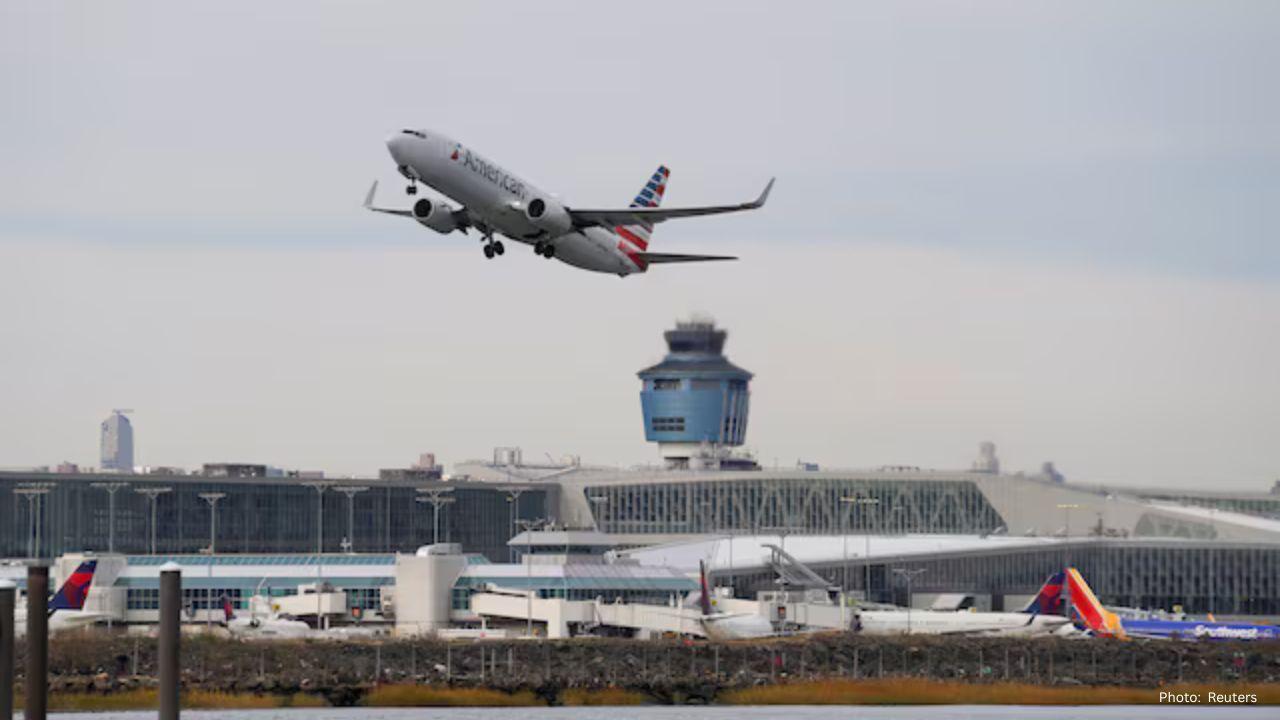
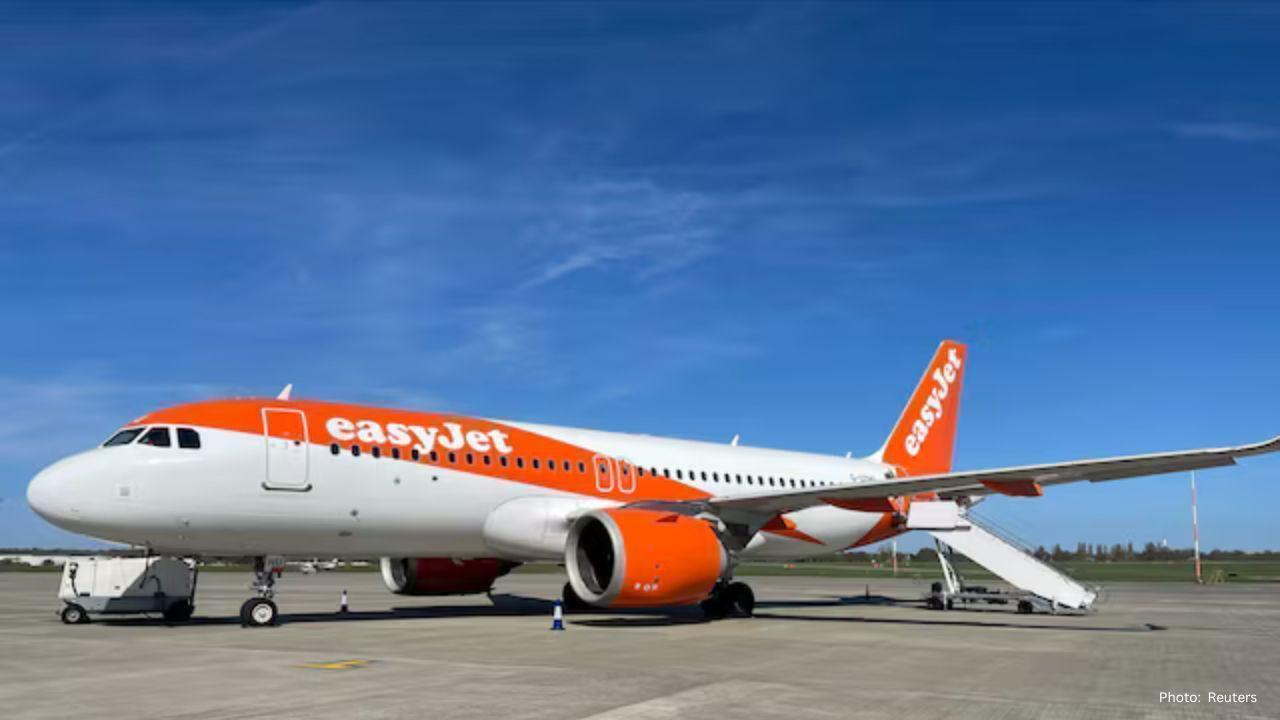




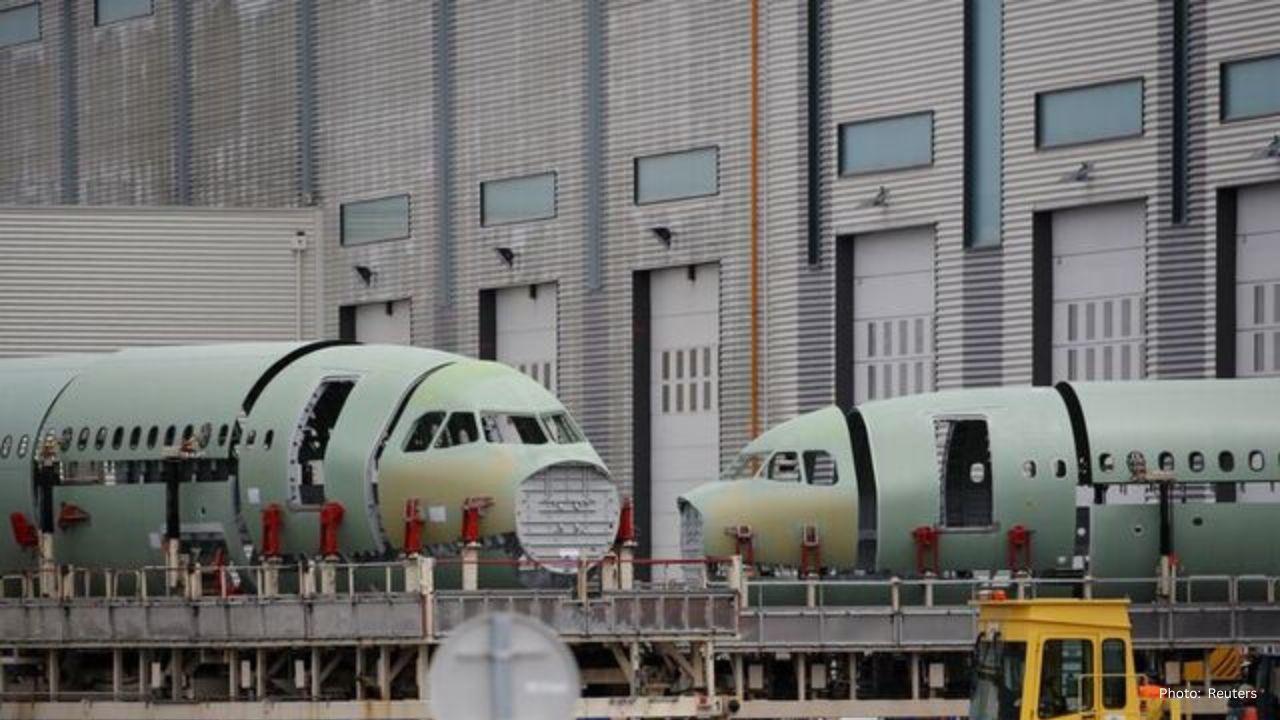

Advances in Aerospace Technology and Commercial Aviation Recovery
Insights into breakthrough aerospace technologies and commercial aviation’s recovery amid 2025 chall

Defense Modernization and Strategic Spending Trends
Explore key trends in global defense modernization and strategic military spending shaping 2025 secu

Tens of Thousands Protest in Serbia on Anniversary of Deadly Roof Collapse
Tens of thousands in Novi Sad mark a year since a deadly station roof collapse that killed 16, prote

Canada PM Carney Apologizes to Trump Over Controversial Reagan Anti-Tariff Ad
Canadian PM Mark Carney apologized to President Trump over an Ontario anti-tariff ad quoting Reagan,

The ad that stirred a hornets nest, and made Canadian PM Carney say sorry to Trump
Canadian PM Mark Carney apologizes to US President Trump after a tariff-related ad causes diplomatic

Bengaluru-Mumbai Superfast Train Approved After 30-Year Wait
Railways approves new superfast train connecting Bengaluru and Mumbai, ending a 30-year demand, easi